What Are Nd Filters Good For ?
ND filters, or neutral density filters, are primarily used in photography and videography to control the amount of light entering the camera lens without affecting the color or hue of the image. They are particularly useful in situations where there is too much light, such as bright daylight or when shooting long exposures, as they allow for longer shutter speeds or wider apertures to be used. This can help achieve creative effects like motion blur in water or clouds, or shallow depth of field in bright conditions. ND filters are also commonly used in landscape photography to balance the exposure between the bright sky and darker foreground, resulting in a more evenly exposed image.
1、 Reducing light intensity for long exposure photography.
ND filters, or Neutral Density filters, are essential tools for photographers looking to control the amount of light entering their camera lens. These filters are designed to evenly reduce the intensity of all wavelengths of light, without affecting the color or contrast of the image.
One of the primary uses of ND filters is for long exposure photography. By reducing the amount of light entering the lens, ND filters allow photographers to use longer shutter speeds, resulting in stunning effects such as silky smooth waterfalls, streaking clouds, or the elimination of moving objects in crowded scenes. This technique is particularly popular in landscape and architectural photography, where capturing motion and creating a sense of tranquility are desired.
In addition to long exposure photography, ND filters are also useful in other scenarios. They can be used to achieve a shallow depth of field in bright conditions, allowing photographers to use wider apertures and create a blurred background while maintaining proper exposure. ND filters can also be used to balance exposure in high contrast scenes, such as capturing a well-exposed sky and foreground simultaneously.
Furthermore, with the rise of digital photography and the ability to easily manipulate exposure in post-processing, some argue that the need for ND filters has diminished. However, using ND filters in-camera still offers advantages such as preserving highlight details, reducing noise, and maintaining a more natural look. Additionally, using ND filters allows photographers to visualize the final image in real-time, making it easier to compose and adjust settings accordingly.
In conclusion, ND filters are essential tools for photographers, particularly for long exposure photography. While their usage may have evolved with advancements in technology, they still offer unique benefits and creative possibilities that cannot be easily replicated in post-processing.
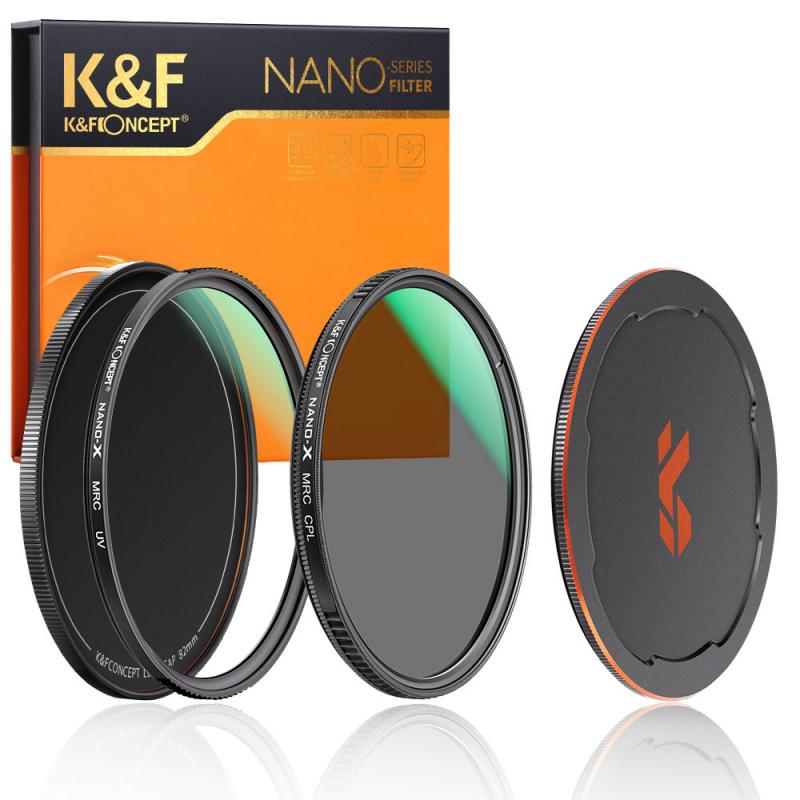
2、 Balancing exposure between bright skies and darker foregrounds.
ND filters, or Neutral Density filters, are essential tools for photographers and videographers. They are primarily used to balance exposure between bright skies and darker foregrounds. By reducing the amount of light entering the camera, ND filters allow for longer exposure times without overexposing the image.
One of the main advantages of using ND filters is their ability to capture scenes with high dynamic range. In landscape photography, for example, the sky is often much brighter than the foreground. Without an ND filter, the sky may be blown out and lack detail, while the foreground appears properly exposed. By using an ND filter, the photographer can achieve a more balanced exposure, capturing both the details in the sky and the foreground.
ND filters are also useful in other situations. For long exposure photography, such as capturing smooth waterfalls or creating motion blur in moving subjects, ND filters are indispensable. They allow for longer shutter speeds, resulting in a more artistic and visually appealing image.
Additionally, ND filters can be used to control the depth of field in bright conditions. By reducing the amount of light entering the camera, a wider aperture can be used, resulting in a shallower depth of field. This is particularly useful in portrait photography, where a blurred background can help isolate the subject.
In recent years, the popularity of ND filters has increased with the rise of drone photography and videography. Drones often struggle with capturing well-exposed footage due to their small sensors and limited dynamic range. ND filters help to overcome these limitations by allowing for longer exposures and balancing the exposure between the sky and the ground.
In conclusion, ND filters are versatile tools that are primarily used to balance exposure between bright skies and darker foregrounds. They are essential for capturing scenes with high dynamic range, achieving long exposure effects, controlling depth of field, and improving the quality of drone footage.
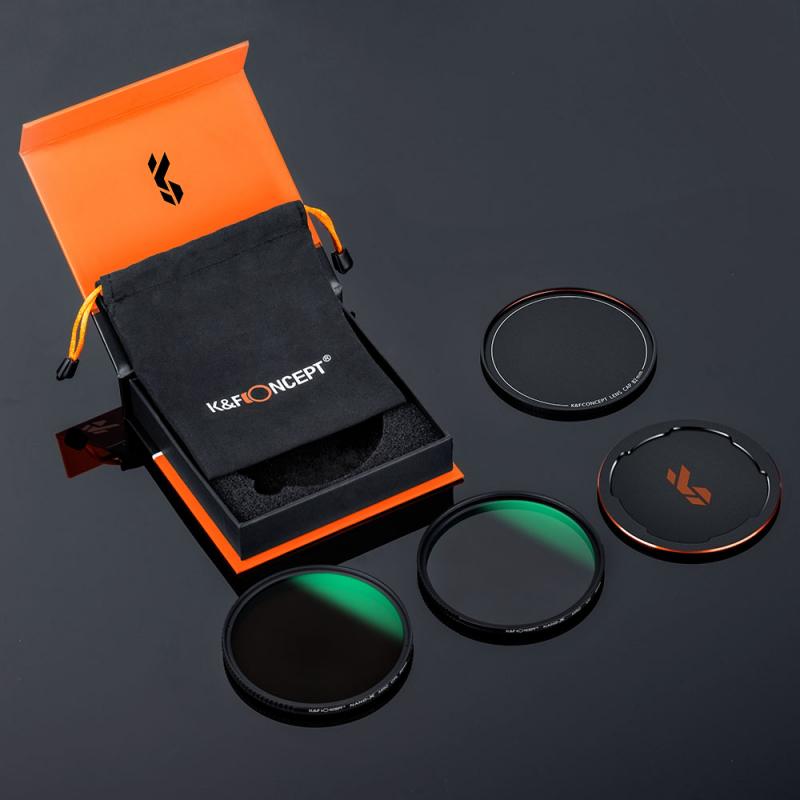
3、 Creating motion blur effects in water or moving subjects.
ND filters, or neutral density filters, are essential tools for photographers and videographers. They are primarily used to control the amount of light entering the camera, allowing for creative control over exposure settings. However, one of the most popular applications of ND filters is creating motion blur effects in water or moving subjects.
By using ND filters, photographers can achieve longer exposure times, even in bright lighting conditions. This extended exposure time allows for the blurring of moving elements in a scene, such as flowing water or passing cars, while keeping the stationary objects sharp. This technique can add a sense of dynamism and movement to an otherwise static image, creating visually stunning and captivating photographs.
In recent years, the popularity of long exposure photography has grown significantly, with photographers experimenting with different subjects and environments. From capturing the smoothness of waterfalls to creating streaks of light in nighttime cityscapes, ND filters have become indispensable tools for achieving these effects.
Moreover, ND filters also offer practical benefits in certain situations. For example, when shooting in bright sunlight, using a high-density ND filter can allow photographers to use wider apertures or slower shutter speeds, resulting in a shallower depth of field or smoother motion blur. This can be particularly useful in portrait photography or when capturing fast-moving subjects.
In conclusion, ND filters are primarily used for controlling exposure, but their ability to create motion blur effects in water or moving subjects has made them popular among photographers and videographers. With the growing interest in long exposure photography, ND filters continue to be essential tools for achieving stunning and creative visual effects.

4、 Allowing wider apertures for shallow depth of field in bright conditions.
ND filters, or Neutral Density filters, are essential tools for photographers and videographers. They are primarily used to reduce the amount of light entering the camera lens without affecting the color or contrast of the image. This allows for a wider aperture to be used in bright conditions, resulting in a shallower depth of field.
By using an ND filter, photographers can achieve a blurred background effect, also known as bokeh, even in well-lit environments. This is particularly useful in portrait photography, where a shallow depth of field can help to isolate the subject and create a more visually appealing image. Additionally, ND filters are beneficial for landscape photography, as they allow for longer exposure times, resulting in smooth and silky waterfalls or rivers, and capturing the movement of clouds in the sky.
In recent years, ND filters have become even more popular due to the rise of drone photography and videography. Drones often have fixed aperture settings, making it challenging to achieve a shallow depth of field in bright conditions. By using ND filters, drone operators can maintain a cinematic look and create professional-quality footage.
Furthermore, ND filters are also useful for videographers who want to maintain a consistent shutter speed while shooting in different lighting conditions. By reducing the amount of light entering the lens, ND filters help to prevent overexposure and maintain proper exposure settings.
In conclusion, ND filters are essential tools for photographers and videographers, allowing them to achieve wider apertures for shallow depth of field in bright conditions. They are versatile accessories that enhance creativity and enable the capture of stunning images and videos in various settings.
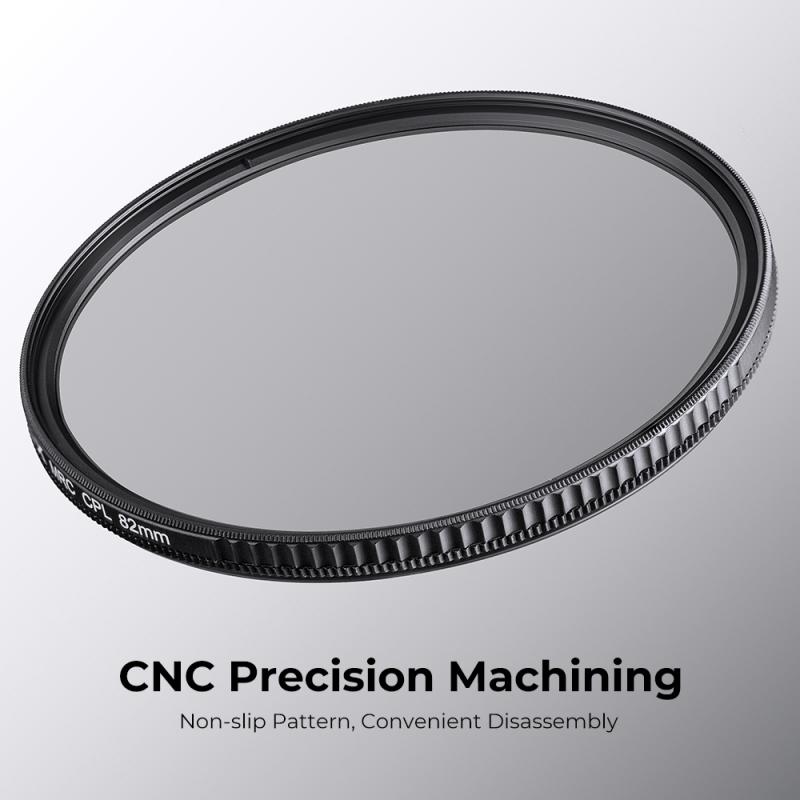

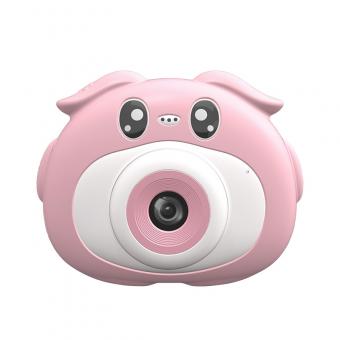
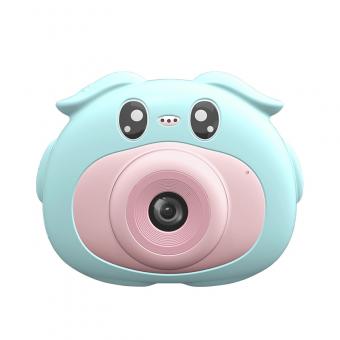








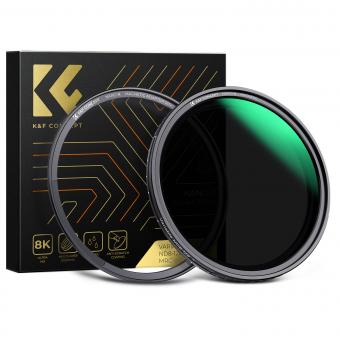


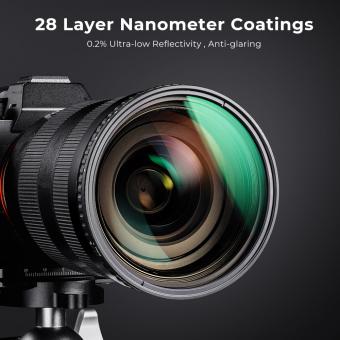



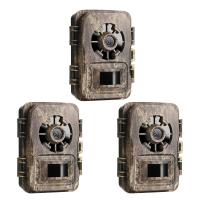
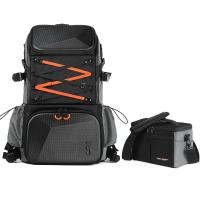

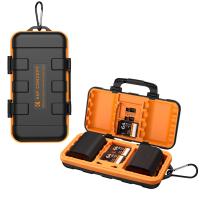

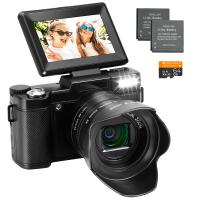

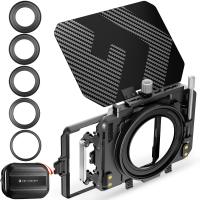
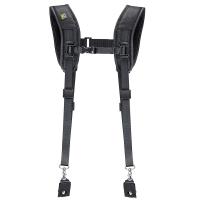
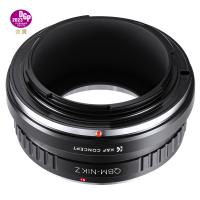
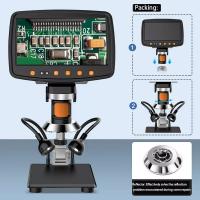
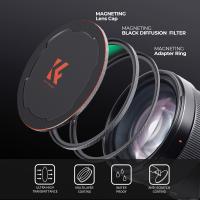

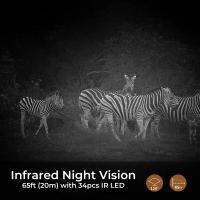
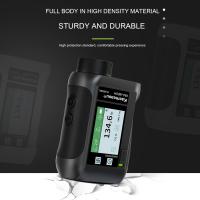




There are no comments for this blog.